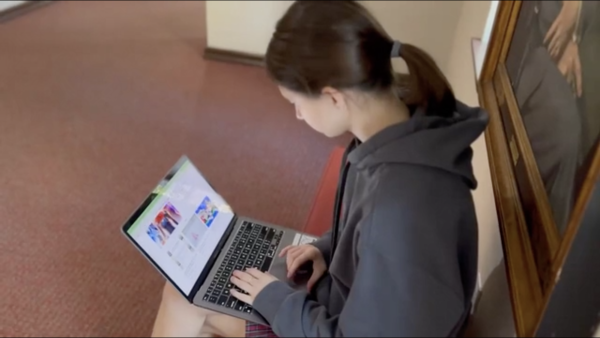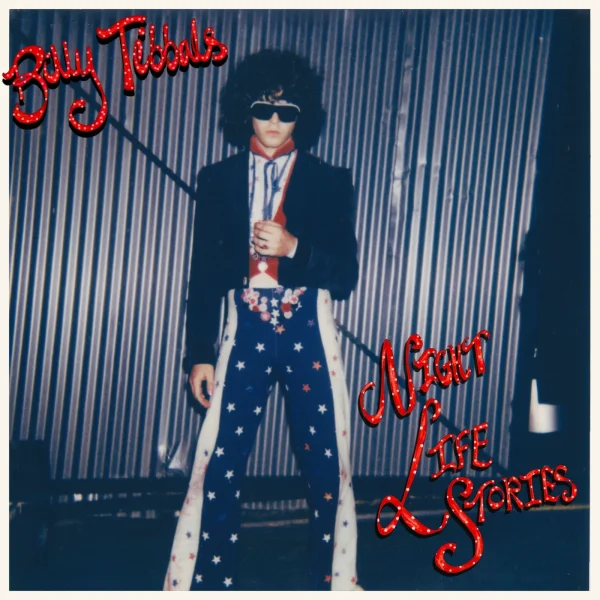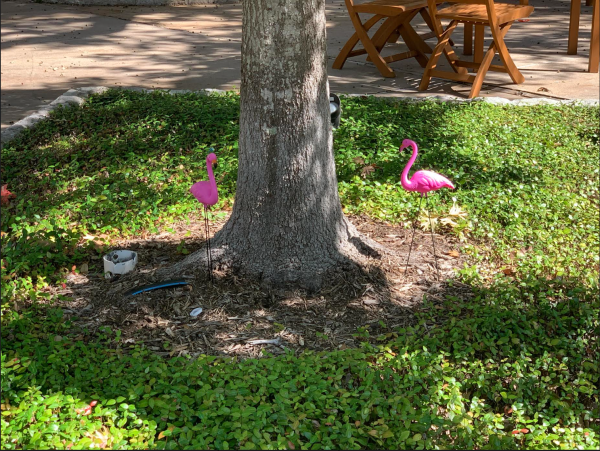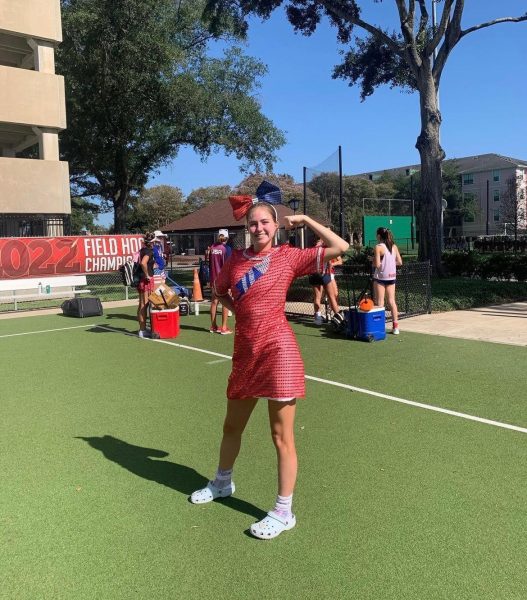“Asian Americans are a crucial part of American history.”
At St. John’s, the roles and experiences of Asian immigrants receive scarce attention before Upper School. Students may not learn about events as significant as the Chinese Exclusion Act and Japanese internment camps until their sophomore and junior years.
As a sophomore, Lauren Campbell’s history class was learning about the Opium Wars when her teacher, who no longer teaches at the School, decided to stage an impromptu “reenactment” — an activity they had never done before in her class. Pointing to Campbell, the only Asian American student in the room, the teacher said, “pretend she’s the Chinese and I’m the British.”
The teacher then proceeded to gesticulate in Campbell’s face and yell, “Sign the deal! Sign the deal!”
Campbell found the situation “inappropriate and uncomfortable.”
“I didn’t know what to say, because it was so wrong,” Campbell said. “I felt like if I did say something, I wouldn’t have had any support,” so she did not bring up the incident with any other teacher or administrator.
At St. John’s, the roles and experiences of Asian immigrants receive scarce attention before Upper School. Students may not learn about events as significant as the Chinese Exclusion Act and Japanese internment camps until their sophomore and junior years.
“It’s something we briefly touch on in history class, but also something that’s overlooked,” Kate Vo said. “We acknowledge it, but we never focus on it in-depth.”
Samuel Abramson, who teaches both Advanced Placement U.S. History and History of the U.S., cites the 600-odd years of the AP curriculum as a bottleneck against curriculum coverage. Abramson underscores the challenges that the department faces when aiming to provide critical depth in a high-level survey course and deciding which topics are going to be covered and which are going to be omitted.
“At the end of each year and going into the next, we always polish and think about each unit from the year and what we can do better,” Abramson said. “We could stand to include more voices right now — this year, having more [time in class] also helps. We have 40% more class time, meaning that we can cover more material.”
Fellow APUSH teacher Joseph Soliman tries to incorporate events that are not “traditionally included” in the curriculum, such as the 1982 murder of Vincent Chin, a Chinese American living in Detroit who was beaten to death in a racially motivated attack.
“Whenever we can include examples of Asian Americans that have contributed to American history, we should take those opportunities,” Soliman said.
Dian Yu feels that the one-day treatment of many historical events is not ideal pedagogically: “Instead of viewing history as all of these connected things creating our world today, it just feels so separate.”
Maria Cheng says that the lack of emphasis on Asian Americans is disheartening because “it makes it seem like they haven’t done anything — it looks like we have no impact.”
In Vo’s experience, the focus on Western-centric history fosters a “narrow-minded, exceptionalist mindset” that may isolate Asian Americans and other groups whose place in history is often marginalized.
“Asian Americans are a crucial part of American history,” said Vo, who finds learning about her cultural connection to the U.S. more meaningful than only covering life in Asia. “When we have a lack of literature and lessons on Asian American history, we cultivate this ignorance about our very own history.”
Abramson recognizes the importance of discussing discrimination beyond victimization, instead focusing more on achievements.
“How and where that fits in can be difficult,” Abramson said. “From a historian and history teacher’s perspective, it’s no good to be defensive about it.”
Return to cover page.
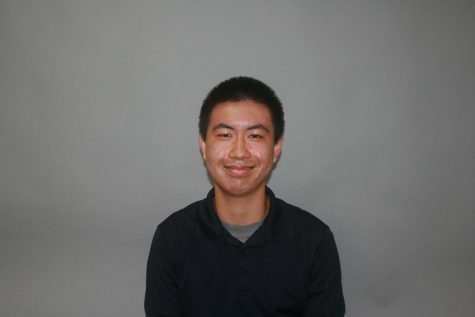
Russell is a senior in his fourth year on Review. He's a milk tea fanatic, and whenever he's not writing or editing, he most enjoys running, eating, sleeping,...
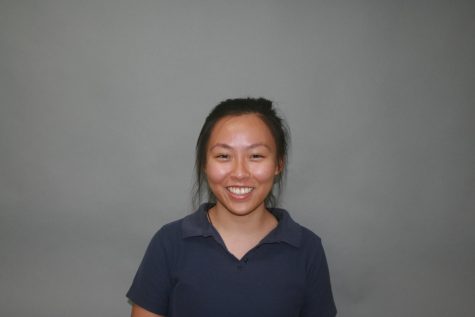
Ella is a senior in her fourth year on Review. Her dream is to go skydiving, and she's addicted to Honey Nut Cheerios.
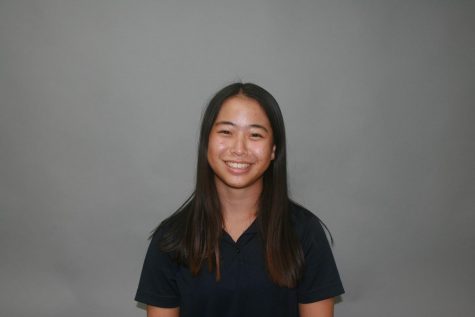
Ashley is a senior in her fourth year on The Review. She enjoys playing golf, baking and, to be honest, does not remember the sleep assembly.




